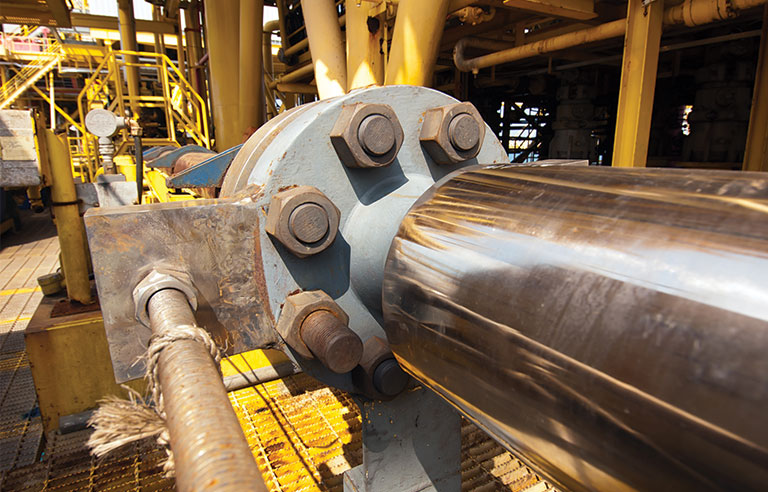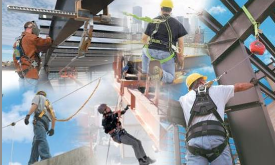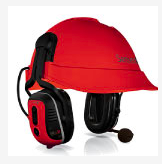About a quarter of Canada’s Albertans have some degree of hearing loss, according to Deaf and Hearing Alberta, with exposure to excessive noise as the number one factor.
“Alberta is such a hard-working industrial province,” says Kari Weisgerber, director and CEO of the Hear In Edmonton hearing clinics. “People who work in the trades are really susceptible to noise-induced hearing loss.”
But damaging your hearing with noise is not limited to tradespeople. Anyone who goes to loud concerts, noisy restaurants or uses headphones is also at risk.
Prevention is a powerful tool in all areas of medicine, but according to Kari it’s particularly important when it comes to noise-induced hearing loss, which occurs when loud sounds cause wear and tear on the tiny hair cells in the inner ear that transmit sound to the brain.

Here are a few of Kari’s suggestions tips for protecting your hearing.
1. Know that damage can occur in almost no time flat
Many people, Kari says, feel that loud noises won’t damage their hearing if they limit exposure. “Someone might use a loud lawnmower without earplugs on the basis that the job will only take a few minutes. But loud noises can permanently hurt your hearing in almost no time,” she says.
For instance, you can spend about 15 minutes in noise of 100 decibels before incurring permanent hearing damage. But that safe window gets cut in half for every three-decibel increase. By the time you crank the volume to 140 decibels—the volume of many live concerts—the safe exposure window is about half a second.
2. Recognize signs of damage early, hearing loss
Noise-induced hearing loss is cumulative over a person’s life, says Kari. Damage incurred in one’s teens or 20s can get worse as people age. That’s why it’s important to take precautions early in life and to monitor closely for damage.
Ringing in the ears is a clear sign of hearing damage, while noises sounding loud but not clear is another.
For those who work in loud environments, including most tradespeople, Kari advises annual hearing tests.
3. Use hearing protection and consider custom-made earplugs to prevent hearing loss.
Most people who are regularly exposed to loud noises use earplugs. Something is better than nothing, but Kari cautions that lots of off-the-shelf hearing protection can be hard to use properly. The ubiquitous neon foam plugs, for instance, need to be deeply embedded in the ear to do their job. If the plug is visible sticking out of your ear, it’s not in deep enough.
If you’d like to avoid the uncertainty and inconvenience of using off-the-shelf hearing protection, consider having a pair of custom earplugs made. A pair runs around $160 and can provide top-notch hearing protection for years.
That might seem costly, but it’s much less than years of hearing aides—not to mention it preserves your ability to connect with loved ones, enjoy music, stay safe in traffic, and much else besides, says Kari.
Plus the fitting appointments are quick and painless, and providers like the Hear In Edmonton clinics offer guaranteed fit. Kari and her team will have your plugs re-made for free if they don’t fit perfectly.
Some custom plugs are even modular, so you can pop in different noise-blocking mechanisms depending on what you’re doing. Kari has customers who love live music and use different “screens” in their plugs depending on the concert venue they’re attending. Learn More about Custom Hearing products.
4. If you use earbud headphones, beware of volume creep causing hearing loss
Mass-produced earbud headphones don’t provide enough noise protection, says Kari. The improper seal between bud and eardrum means outside sounds leak in unless you’re using the earbuds in perfect silence. The tempting solution to this is just to bump up the volume to make sure the music comes through. This is a very easy way to damage your hearing, says Kari.
There are two solutions. The first is to make peace with an imperfect listening experience while using your buds and keep the volume low, even in an area with loud ambient noise.
The second is to have custom earbuds made for your ears. They block outside noise much better, so they also make music sound better. Plus they’re modular, so you can use them with any number of sets of headphones.
To Learn More about hearing loss prevention and protection check out our resource section.
SOURCE: https://edmontonjournal.com/sponsored/health-sponsored/how-to-defend-against-noise-induced-hearing-loss







